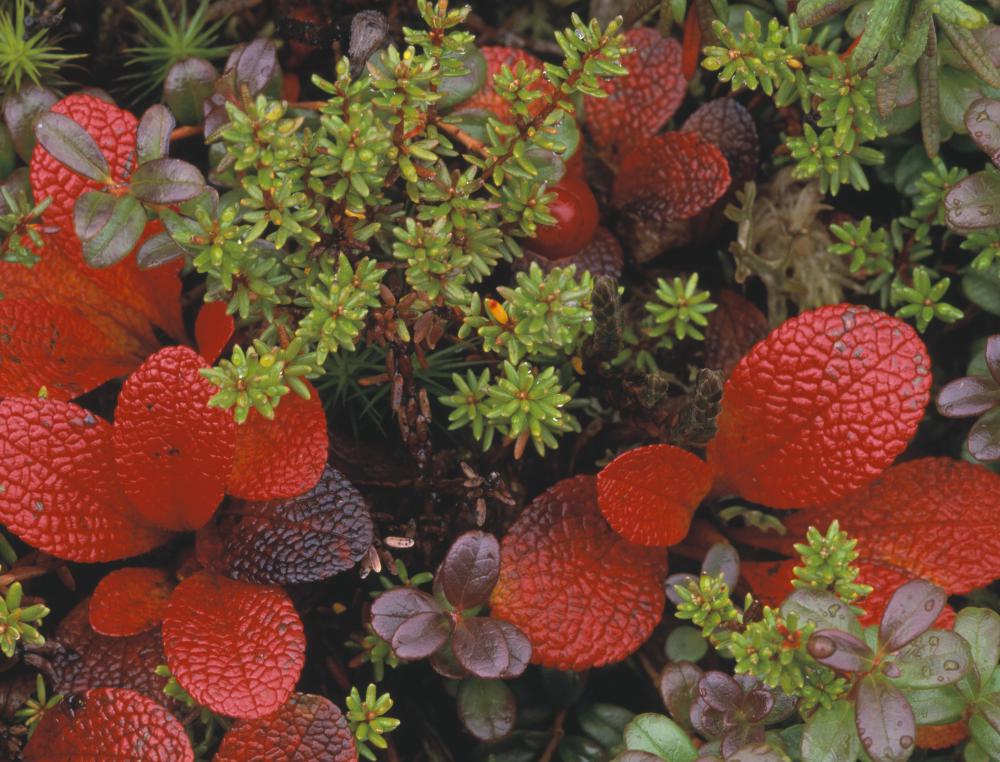At WiseGEEK, we're committed to delivering accurate, trustworthy information. Our expert-authored content is rigorously fact-checked and sourced from credible authorities. Discover how we uphold the highest standards in providing you with reliable knowledge.
What is Manzanita?
Several species of ornamental plants are known as manzanita. All of them belong to the Arctostaphylos family of over 60 evergreen shrubs and small trees and include California sagebrush, chamise, bearberry, and coyote brush. These plants are native to western North America and are valued landscape plants due to their unique growth patterns and misshapen branches. They also have attractive flowers and fruit amid small, grayish green leaves and reddish bark that can either be peeling or smooth.
Manzanita wood bleaches when exposed to the hot sun and has a driftwood-like appearance. The wood is long lasting when exposed to water and resists rot; as a result, it is frequently used in aquariums as a decorative accent. The gnarled wood can be used to add an unusual touch to gardens and is used in craft projects and in large bird cages for perches. Smaller species can be pruned into bonsai or kept as potted plants on a sunny porch or patio. Gardeners who prefer to grow unusual, odd looking plants often have collections of several different species of this unique family of shrubs and trees.

Most varieties of manzanita are slow growing and very difficult to start from seed and usually need to be exposed to extreme heat or even fire before in order to germinate. They may be started from cuttings, although the easiest way to create new plants is by layering the branches. To do this, a branch is bent over while still on the tree or shrub, and the middle section is buried in the ground, leaving the top exposed. When the branch forms its own roots, it can be separated from the mother plant. These trees resist transplanting, so it is important to plant them where they are to remain.

All manzanita species are tender perennials and will need to be given winter protection in cold weather. They will not tolerate freezing temperatures, and are difficult to cultivate in many areas. Manzanita shrubs can be fussy and require low humidity and light acidic soil with good drainage.
Many manzanita species are endangered or threatened, and it is illegal to dig these plants and remove them from the wild. They must be purchased from nurseries or catalogs, and several species are commonly available. Varieties like Emerald Carpet are low growing and make excellent ground covers, while others such as Howard McMinn grow into small trees around 7 feet tall (2.1 m) and are best used as a hedge or small landscape tree.
AS FEATURED ON:
AS FEATURED ON:












Discuss this Article
Post your comments